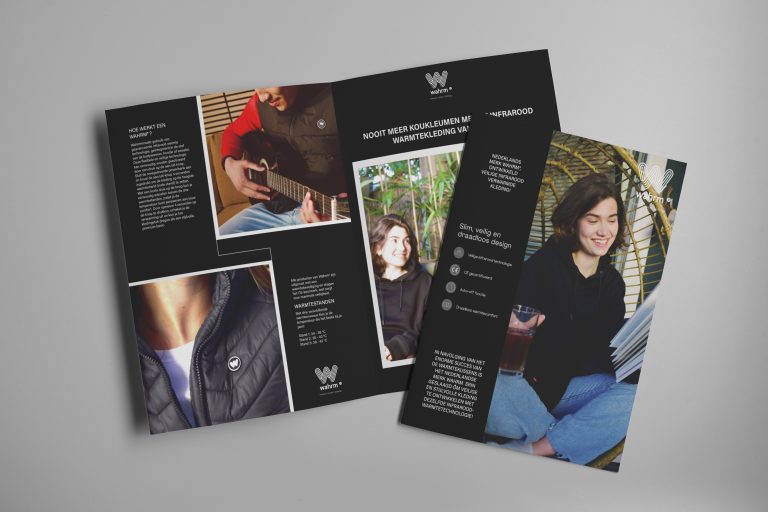
Create Compelling E-books with Ideahits
Design matters. When it comes to e-books, a stunning design can mean the difference between captivating your audience or being overlooked in a sea of digital content. Whether you’re an author self-publishing your first novel, a graphic designer working on a client project, or simply a passionate storyteller, an effective e-book design ensures your work gets the attention it deserves—while enhancing readability and engagement.
The Role of E-Book Design in Attracting Readers
Why does e-book design matter so much? Readers won’t just pay attention to your content—they’ll judge its presentation, often within seconds. A poorly designed e-book, no matter how brilliant the content, can frustrate readers and discourage them from continuing. On the flip side, an aesthetically appealing, user-friendly layout can guide readers seamlessly through pages while conveying professionalism and quality.
Here’s How Great E-Book Design Helps:
- Grabs attention: Eye-catching visuals stand out in crowded marketplaces like Amazon Kindle or Apple Books.
- Enhances readability: Thoughtful typography and layouts make your work easier to digest.
- Strengthens your brand: A consistent and polished design creates trust and loyalty.
First impressions matter—and for authors, self-publishers, and designers, e-book design is your calling card.
What is Ideahits?
Ideahits is an all-in-one platform that offers intuitive tools to create, customize, and publish your e-book. Whether you’re a self-published writer or an experienced designer, Ideahits helps you simplify designing with ease.
Fixed Layout Design
The layout of the e-book is fixed, meaning it does not change based on the reader’s device or screen size. The content appears exactly as the author intended.
Interactive E-books
These include elements such as animations, videos, hyperlinks, quizzes, and other interactive components that engage the reader.
Audio-Enhanced E-books
These books incorporate audio, such as narrations, sound effects, or background music.
E-magazines and E-newspapers
These are designed to mimic the experience of reading a printed magazine or newspaper on a digital device. They often use a combination of fixed and reflowable layouts, depending on the content.
Multimedia E-books
These e-books go beyond text and images by incorporating video, audio, interactive infographics, and other multimedia elements to enhance the content.
Comic or Graphic Novel E-books
These are designed with a focus on comic book or graphic novel-style layouts, often with rich colors and highly stylized imagery.
Children's E-books
These often combine rich visuals, interactive elements, and sometimes audio, designed to engage young readers.
PDF E-books
Portable Document Format (PDF) is often used for e-books that need to maintain a specific layout or print-like appearance.
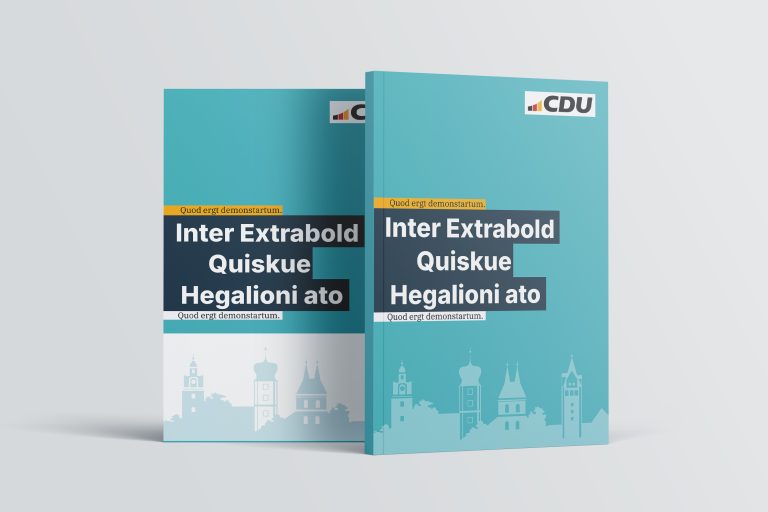
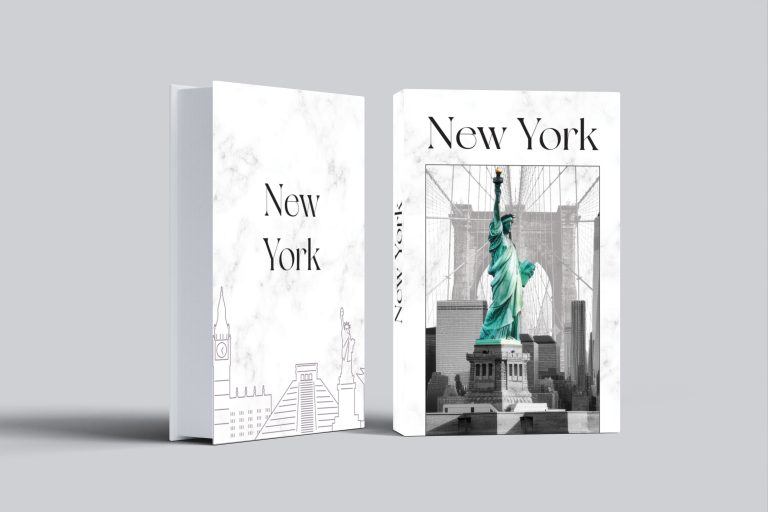
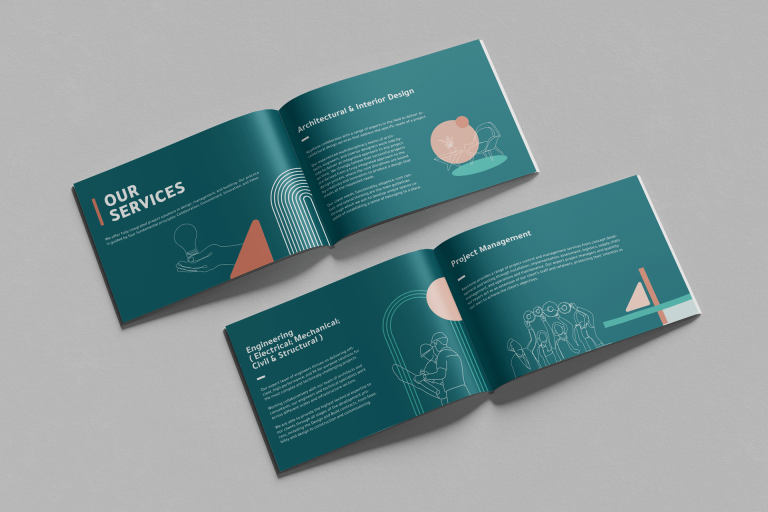
Elevate Your Design Game Today
E-book design isn’t just about aesthetics—it’s about creating an experience that guides readers through your message effortlessly. With Ideahits, you gain the tools to design polished, professional e-books that captivate audiences and convey your unique voice.


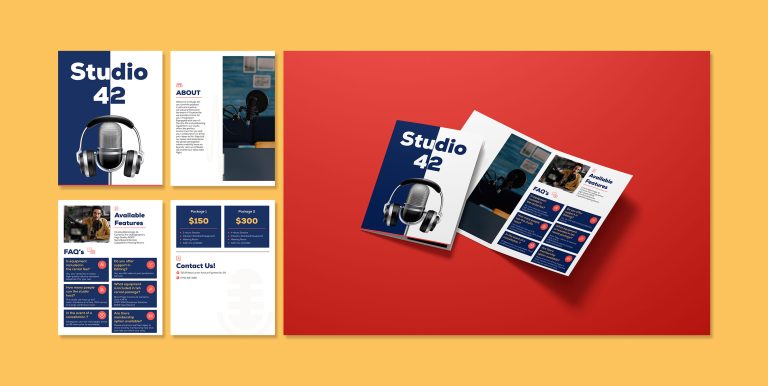
Premium
- Interactive E-books
- E-magazine & E- newspaper
- Comic Novels E-book

FAQs for our E-Books Designs
Fixed Layout: In this design, the content stays in a set format and doesn’t adjust based on the screen size. This is ideal for content with complex formatting (e.g., picture books, cookbooks, comic books).
Reflowable Layout: The content adjusts to fit different screen sizes, allowing the text and images to reflow. This is best for text-heavy books like novels, non-fiction, and academic texts
Yes, interactive e-books include elements such as animations, videos, hyperlinks, or interactive quizzes. These e-books require special design tools and platforms, like Apple iBooks Author, Adobe InDesign, or EPUB3, to create and embed interactive elements. They are great for educational content and children's books.
Interactive e-books or fixed-layout e-books are commonly used for children's books. These formats support rich illustrations, animations, and interactive elements (like clickable objects or sounds) to engage young readers. The design should be visually appealing and easy to navigate.
Ensure that your e-book is responsive by using a reflowable layout, so it adjusts to different screen sizes.
Optimize images for faster loading times, and avoid large files that may slow down the reading experience.
Test the e-book across different devices, including smartphones, tablets, and e-readers, to check how it looks and functions
Start your experience with ideahits
Company
ideahits.com
Feel free to reach out if you want to collaborate with us, or simply have a chat.
Portuguese
Follow Us
ideahits.com

